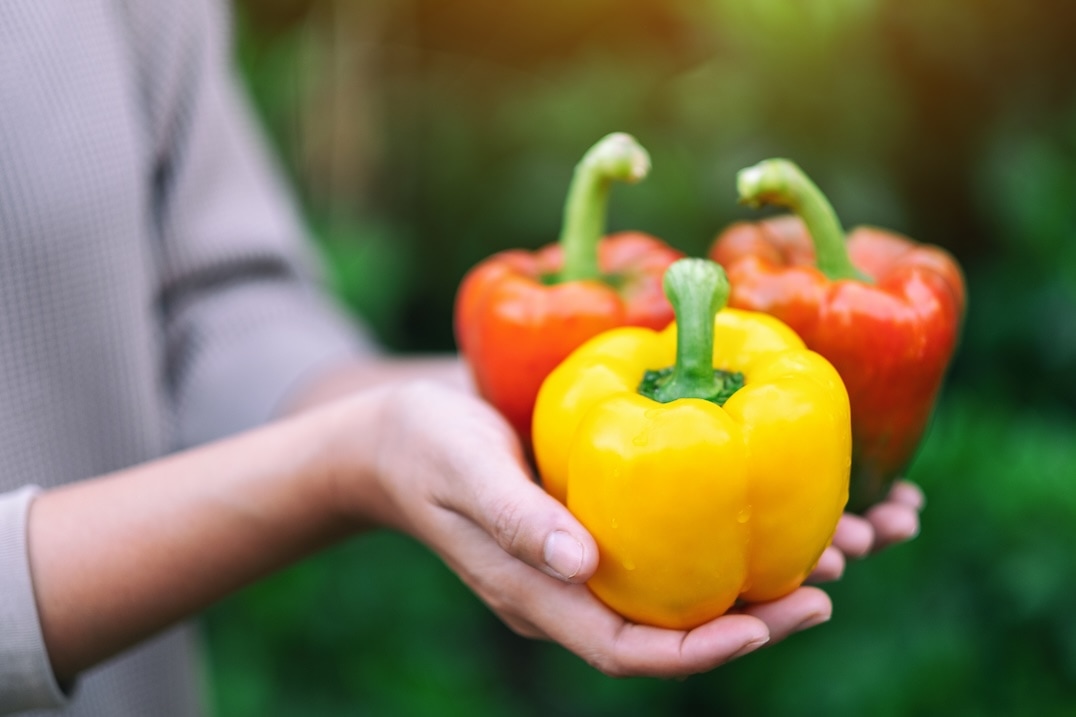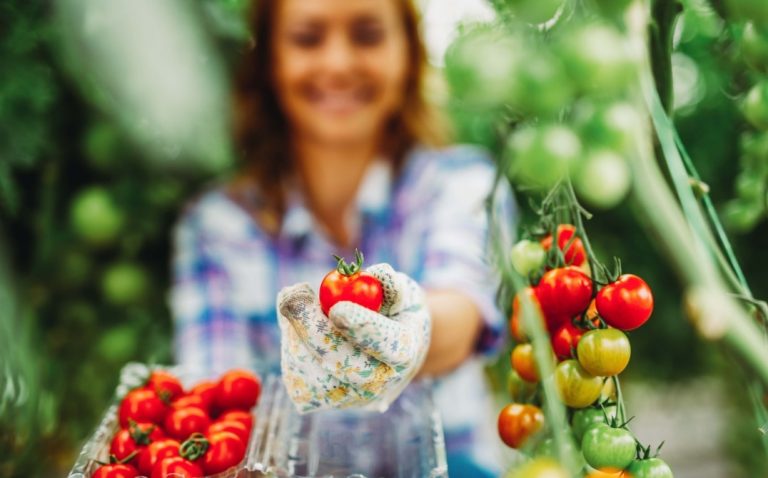As consumers become more conscious of food quality, sustainability, and environmental impact, Greenhouse grown vegetables are being recognized as a healthy, fresh, flavorful and sustainable choice. With controlled growing environments, reduced pesticides, and availability, Greenhouse growing is revolutionizing the way we access fresh, high-quality vegetables.
By supporting Greenhouse grown vegetables, consumers can help reduce food waste, promote agriculture, and lower the environmental carbon footprint of food production. Here’s why choosing Greenhouse grown produce is one of the best decisions you can make for your health, the economy, and the planet.
1. Greenhouse Growing Produces Cleaner, Healthier Vegetables
One of the biggest advantages of Greenhouse growing is food safety and cleanliness. Because vegetables are grown in controlled environments, they are protected from soil-borne diseases, pollutants, and excessive pesticide use.
Why Greenhouse Grown Vegetables Are Safer to Eat:
- Reduced pesticide use → Fewer chemical residues on produce through natural pollination.
- No soil contamination → Less exposure to bacteria like E. coli and Salmonella.
- Enclosed environments → Keeps insects, rodents, and airborne pollutants out.
Example: Greenhouse grown tomatoes, peppers and cucumbers are cleaner and require less washing, due to being naturally nurtured by bumble bees and ladybugs.
2. Supports Sustainable and Eco-Friendly Agriculture
Greenhouse growing is one of the most sustainable ways to grow vegetables, using less water, land, and energy.
Key Environmental Benefits of Greenhouse Grown Produce:
- Uses 90% less water (thanks to hydroponics and 100% closed-loop drip irrigation systems).
- Requires less land by maximizing crop yields in compact spaces.
- Reduces pesticide and fertilizer runoff, preventing water pollution.
- Up to 20x more yield then field produce
Example: Greenhouses can grow more vegetables per square foot, reducing the need for deforestation and land expansion.
3. Provides Access to Fresh, Flavorful Produce
Greenhouse growing ensures a steady supply of fresh vegetables all season.
How Greenhouse Growing Ensures Availability:
- Temperature-controlled environments allow for continuous growth.
- No dependence on seasonal weather conditions.
- Reduces reliance on field produce, keeping food fresher and closer to home.
Example: Fresh tomatoes, cucumbers, and peppers are always available in stores, even in winter, because of Greenhouse production.
4. Reduces Food Waste and Extends Shelf Life
Because Greenhouse grown vegetables are grown in optimal conditions, they tend to be fresher and last longer, reducing food waste at both the store and household levels.
Why Greenhouse Vegetables Have a Longer Shelf Life:
- Picked at their peak, so they stay fresher longer.
- Uniform hydration and nutrient intake prevent early spoilage.
- Less exposure to extreme weather reduces crop loss during growth.
Example: Greenhouse grown peppers and cucumbers maintain their crispness for 7-10 days long. So you can enjoy that perfect refreshing crunch!
5. Supports Growers and Strengthens the Economy
Choosing Greenhouse grown produce helps growers and agricultural businesses thrive, reducing reliance on field vegetables.
How Greenhouse Growing Boosts the Economy:
- Creates jobs in sustainable agriculture and food production.
- Encourages innovation in growing technology, strengthening the agriculture sector.
Example: Greenhouse grown vegetables close to home and package and ship them within 24 hours.
6. Offers Superior Taste and Nutritional Value
Because Greenhouse grown vegetables are picked at their peak, they often taste better, sweeter, and more flavorful! These make them the reliable and smart choice when grocery shopping.
Why Greenhouse Grown Vegetables Taste Better:
- Controlled nutrients and hydration improve flavor and texture.
- No need for artificial ripening, left on their vines as long as possible to ripen (unlike field produce that ripens in transit).
- Higher antioxidant levels due to optimal light exposure and growth conditions.
Example: Greenhouse grown tomatoes are often vine-ripened, making them sweeter and juicier. These tomatoes make the perfect sandwich, soup, salad or mocktail!
7. Encourages Innovation in Sustainable Growing
As the demand for eco-friendly food production grows, Greenhouse growing is leading the way with innovative techniques like hydroponics and vertical growing.
Advancements in Greenhouse Growing:
- Hydroponic systems use nutrient-rich water instead of soil, reducing land use.
- Vertical Greenhouses maximize urban growing potential.
8. Reduces Carbon Footprint and Transportation Emissions
Since Greenhouses are often located closer to consumers, they help reduce food transportation emissions.
How Greenhouse Growing Lowers Carbon Emissions:
- Shorter supply chains mean fewer emissions from trucking and shipping, as they are shipped within 24 hours of being picked.
- Greenhouses reduce the need for air-freighted produce from overseas.
- More efficient energy use compared to large-scale industrial Greenhouses.
By choosing Greenhouse grown vegetables, consumers contribute to a healthier planet, stronger communities, and better food security— one full of flavor meal or healthy snack at a time.




